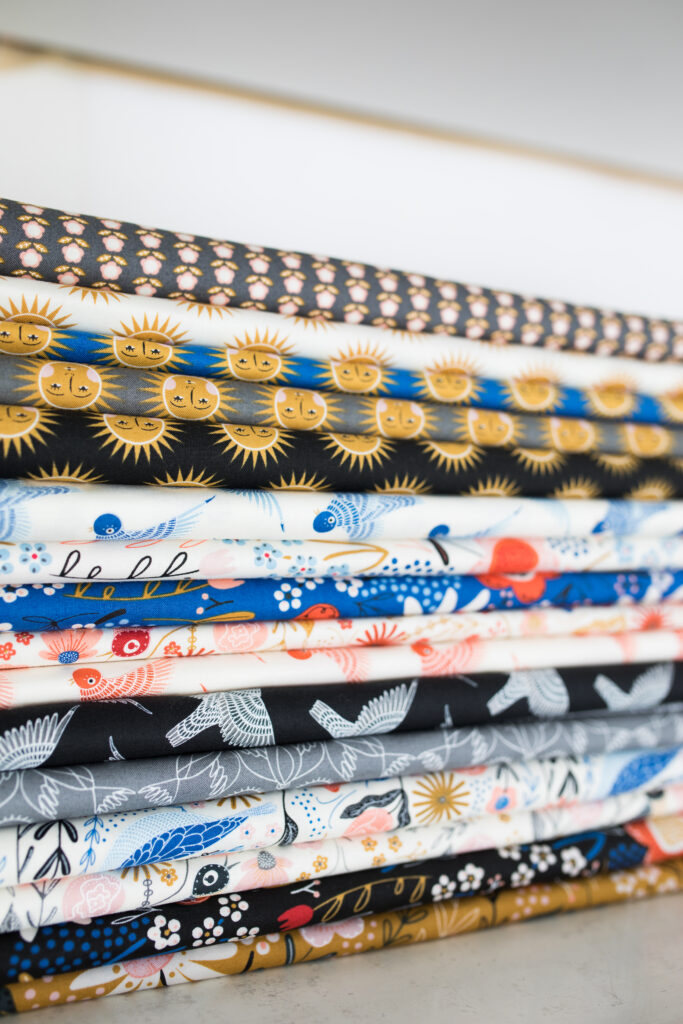This website uses cookies so that we can provide you with the best user experience possible. Cookie information is stored in your browser and performs functions such as recognising you when you return to our website and helping our team to understand which sections of the website you find most interesting and useful.
Hey, friend!
I'm Stacie Bloomfield
I am the owner and illustrator of Gingiber. I have been an illustrator for 15+ years and have successfully sold my artwork across several categories such as art licensing, wholesale, direct to customer sales, direct downloads, books, teaching, and more. I cannot wait to teach you how to do the same!
Categories
So many young artists are told that being a professional artist is an impossible dream by people outside the art world, or even fellow artists! They’re told to set more realistic goals, get a practical job, and use their artistic talent on the side.
While being practical can be good, having a successful career as an artist doesn’t have to stay an unrealized dream! Building your own art business is a doable process that works if you combine careful planning with the right information, and I’m not talking about going to art school.
Hi, my name is Stacie Bloomfield and I’ve helped hundreds of small business owners turn their art businesses from stressful side hustles into a successful art career. Whether you’ve already taken the first step and you’re trying to build a more profitable art business or you’ve been too nervous to cross the start line at all, any independent artist can benefit from learning best practices for a successful business.
Let’s talk about the best business ideas you should integrate into your art practice and marketing strategy to find financial success.

5 Things Professional Artists Must Do for Long-Term Success:
1. Create Marketable Art: Every artist has to find the balance between creating art that they love and art that reaches their target market. A huge part of finding that true balance is discovering your signature style and building your brand. The other key to it is understanding what your potential customers are looking for and ensuring your art meets those needs. Though it is a push and pull, finding the place where you love to use your artistic skills in ways that help others is a great way to build a business that stays as your full-time job.
2. Build a Strong Portfolio: All creative entrepreneurs need a comprehensive portfolio of art that showcases their unique style and skills. Before diving into various revenue streams, you need to show that you have a solid foundation of your past work and an artistic vision for the future.
3. Develop a Strategy: Having a clear business strategy is essential for any new business. In your case, this includes planning how to market and sell your art. In the Art Business Blueprint, I share some of the best tips I’ve got about building a business model that works, and help you find the next step you need to take to reach your target audience.
4. Take It Slow: Constant hustle isn’t the best way to reach success, because it leads to major burnout. Avoid taking on too much at once, because at the end of the day, you’re only human, and the healthier you are, the better your payoff will be. It’s important to focus on one revenue stream at a time to ensure each is well-established before moving on to the next.
5. Learn and Adapt: No matter what type of art you’re selling, success comes from growth and learning. Pay attention to what works and what doesn’t, and be willing to adapt your approach while staying true to yourself and your brand. Continuous improvement and responding differently to new challenges are vital in the art industry.
While these are just a few simple steps, they’re easier said than done. Anyone with an art brand can remind themselves of these core tenets as they strive to reach a broader audience and cement themselves in the art market for life.
